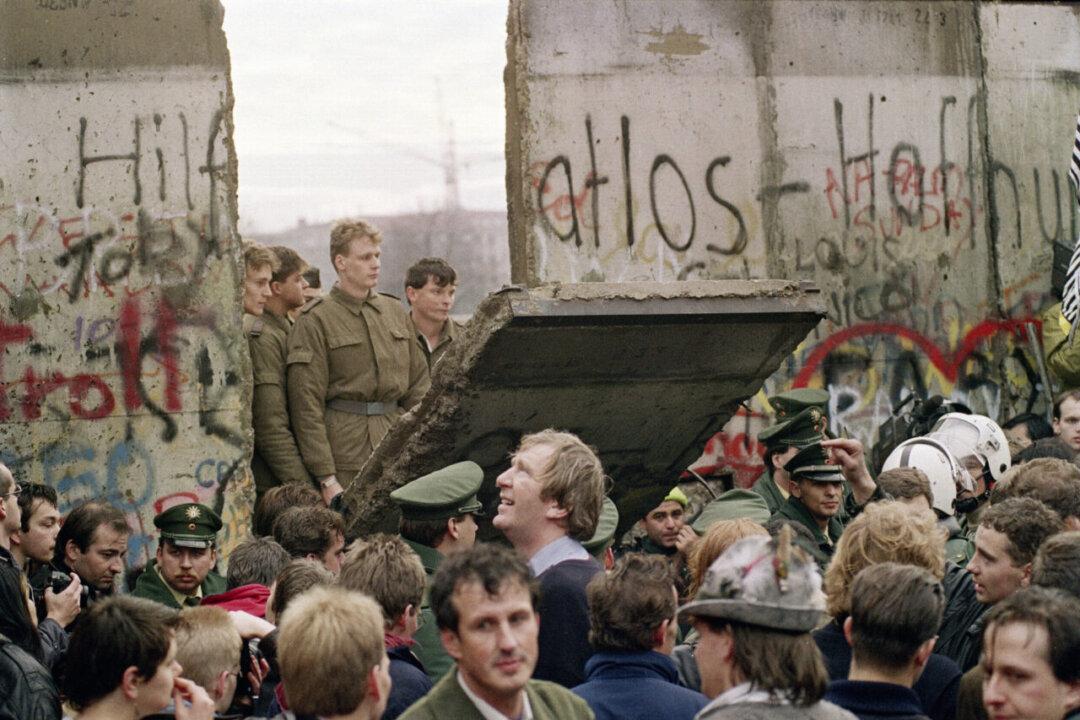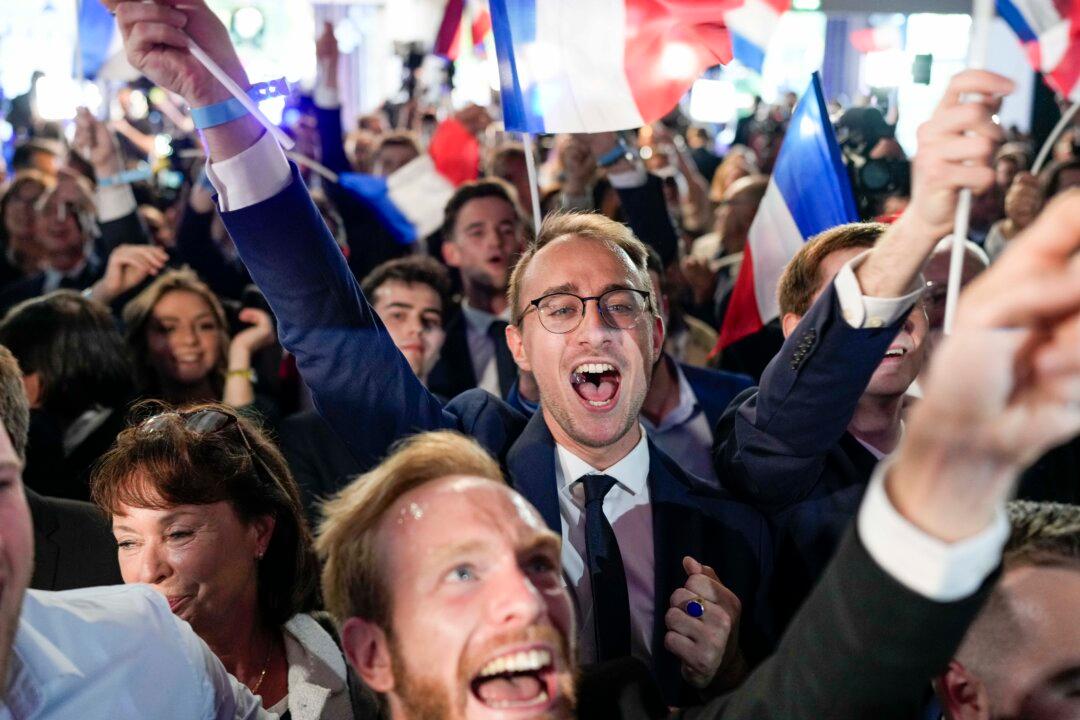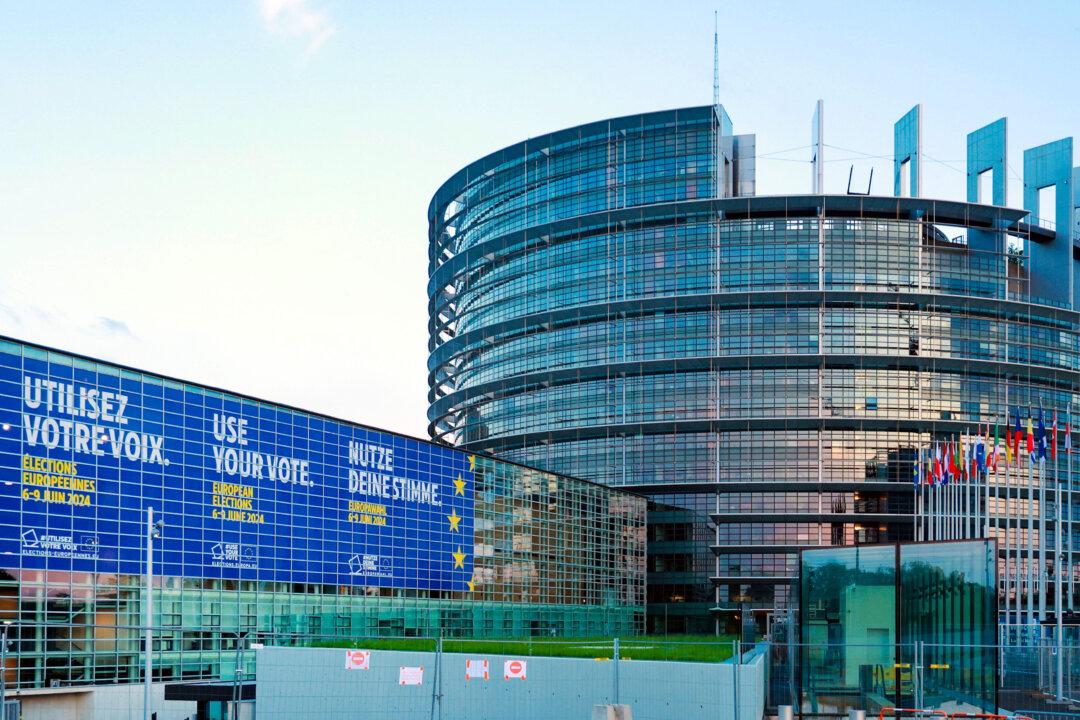Nov. 9 marks the 30th anniversary of the fall of the Berlin Wall, which led to the unification of West and East Germany under NATO.
The symbol of the Iron Curtain divided the world into two blocs: the free world and the communist bloc, and was dismantled by a spontaneous act of the people living in East Germany, ruled at that time by a communist regime.





